Where is the fuse located in a Bosch washing machine?
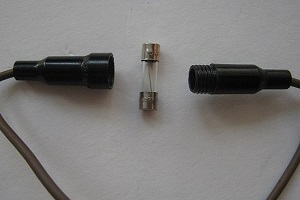 The washing machine is a particularly hazardous electrical appliance. Due to the high power and constant contact with water, such a unit requires enhanced fire safety. It is for this reason that a fuse is installed in a Bosch washing machine, which protects the control board, motor and the entire washing machine from current surges and short circuits. It is important to know which part is responsible for “insurance” and how to check its functionality.
The washing machine is a particularly hazardous electrical appliance. Due to the high power and constant contact with water, such a unit requires enhanced fire safety. It is for this reason that a fuse is installed in a Bosch washing machine, which protects the control board, motor and the entire washing machine from current surges and short circuits. It is important to know which part is responsible for “insurance” and how to check its functionality.
Fuse search algorithm
Before you start looking for a fuse, it is better to find out in which country Bosch was assembled. If its “homeland” is Europe, in particular Germany, then there is no need to worry about “insurance”. The production and sale of washing equipment without safety elements is prohibited by law here. Therefore, an almost 100% guarantee is given that the machine is completely protected from current surges.
In Russia, Belarus, Kazakhstan, Armenia and the CIS countries, the rules are not so strict. Equipment manufactured before 2000 can boast a fuse, but more modern machines do not always. It is better to make sure that the equipment is fully equipped in advance.
Most often, the fuse is located at the base of the power cord, inside the interference filter.
The fuse is located according to the following algorithm:
- find the instructions for the machine and study its electrical diagram;
- look into the base of the power wire, where it “joins” the body of the washing machine from the inside;
- remove the control board by removing the dashboard and look for the fuse at the input (for example, here it is located on the Bosch WLL 2426SOE);
- inspect the inside of the plug, where the fuse is also often “hidden”.
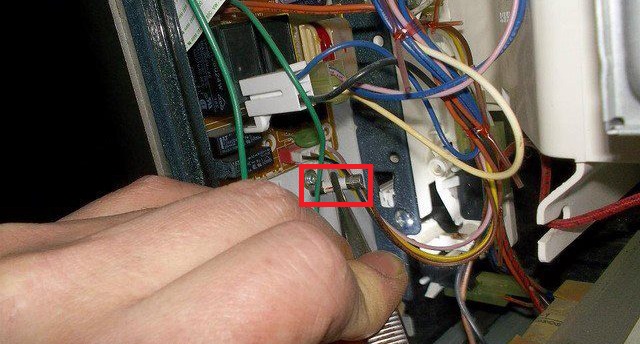
It is not easy to identify a fuse - it is a small part of various designs and types. If you have problems finding it, it is better to turn to professionals.
How does it function and why does it burn out?
Modern washing machines have sensitive electronics. If, while the equipment is operating, the electricity suddenly turns off or the current does not flow evenly, but in jumps, then the consequences can be dire - the board will burn out, the wiring will melt, the heating element or motor will fail. The fuse prevents such a short circuit by triggering interference in the electrical network. When the ampere increases, the device opens the circuit and takes the “blow” upon itself, causing its core to melt.
If there is a problem with the current supply, the fuse opens the electrical network, turning off the power to the washing machine.
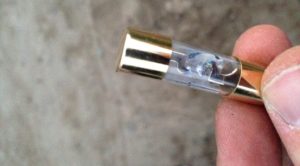
The fuse does not always blow due to a bad electrical network. The core can also “trigger” due to internal problems of the system: if the program fails, if any part breaks, or if there is excessive load. It is important to regularly check the safety element to ensure its functionality.
Interference filter
On many Bosch models, the fuse is located inside the interference filter, abbreviated as FPS. Some ordinary people often identify these two devices, although this is erroneous. The first is only an integral part of the second and is responsible only for triggering external and internal threats.
You can verify that the fuse is working by testing the interference filter. To do this, the part must be dismantled and tested with a multimeter. We proceed like this:
- we find the filter located under the top cover of the case at the junction with the power cord;
- unscrew the bolts holding the FPS and remove the device from the seat;
- We inspect the filter for the presence of melted insulation, dark spots, unpleasant odor and charred veins - in 98% of cases, signs of a burnt out filter can be seen.
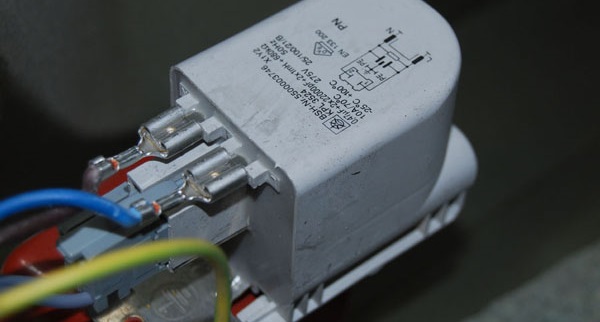
If there are no visible problems with the filter, we move on to advanced diagnostics. We turn the multimeter into ohmmeter mode, lean the tester probes against the contacts of the capacitor and look at the display. If the device does not detect the presence of resistance at the output, it means the device has burned out.
The FPS cannot be repaired - it is necessary to replace the faulty device with a new one. It is easy to install: just place the “box” in the grooves and tighten it with bolts. It is better to look for a replacement using a removed sample, less reliably - using the Bosch serial number and power. After installation, we check the filter by starting the machine.
Interesting:
Reader comments
- Share your opinion - leave a comment


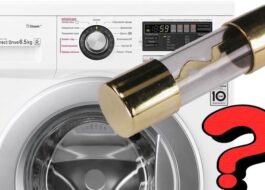


















Add a comment